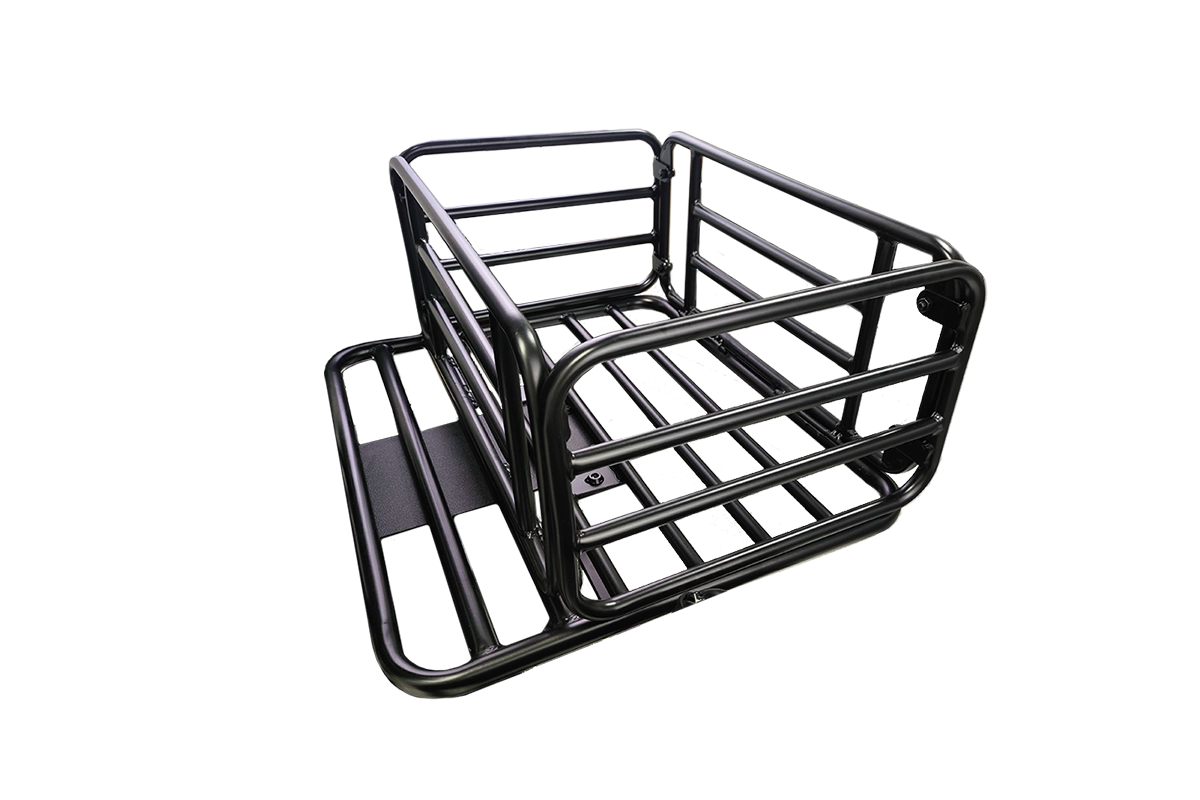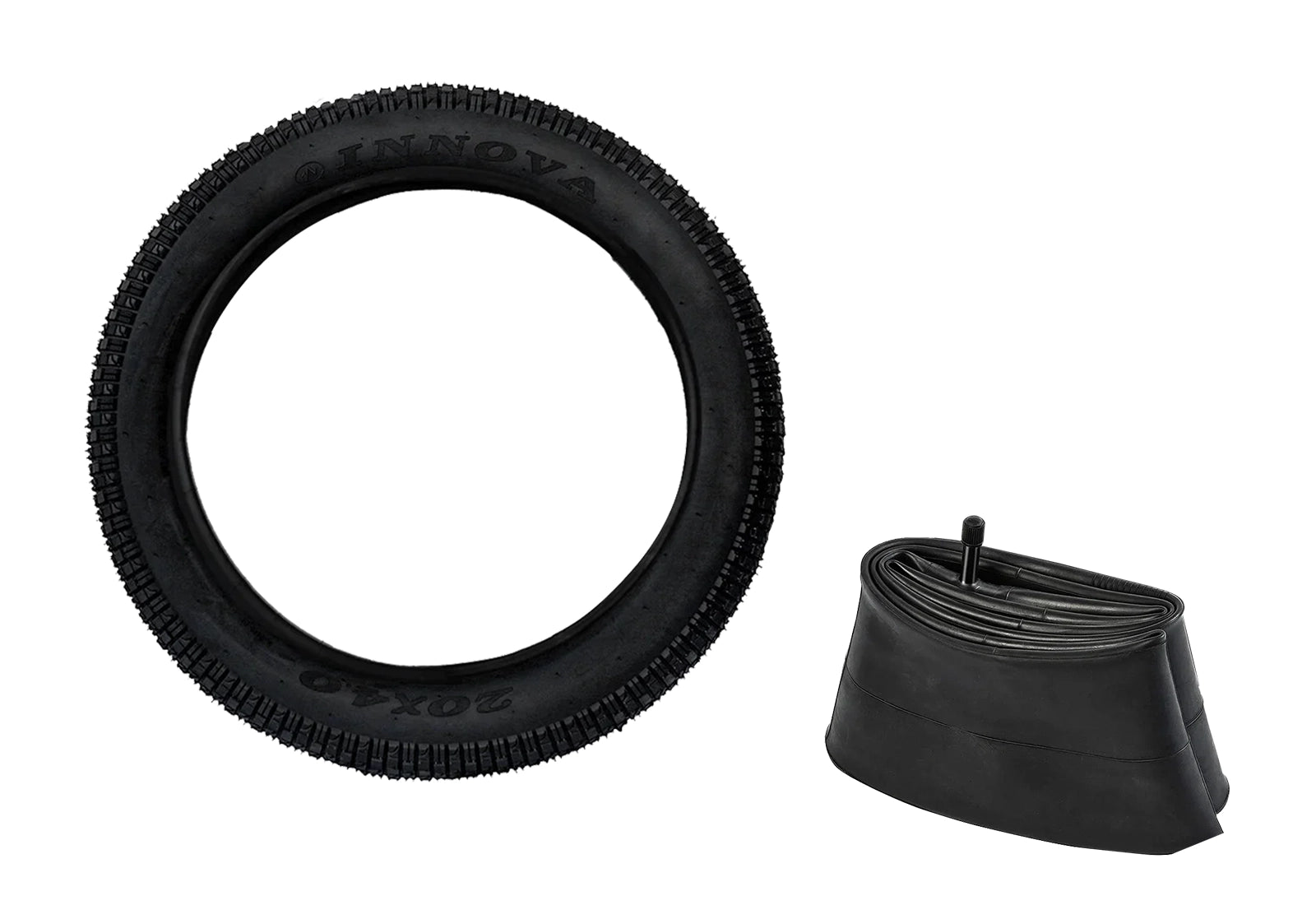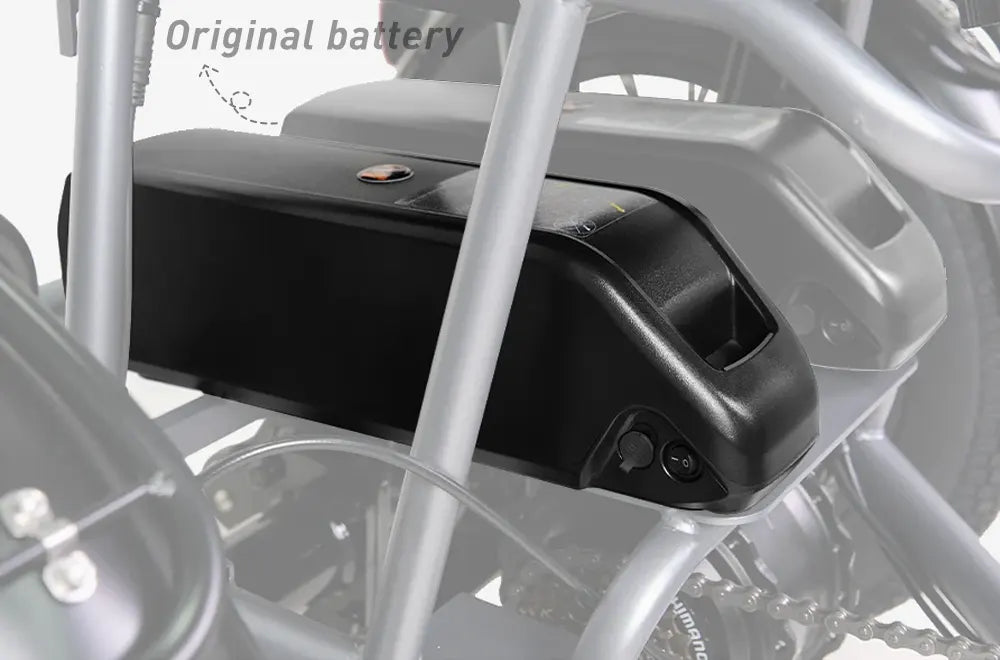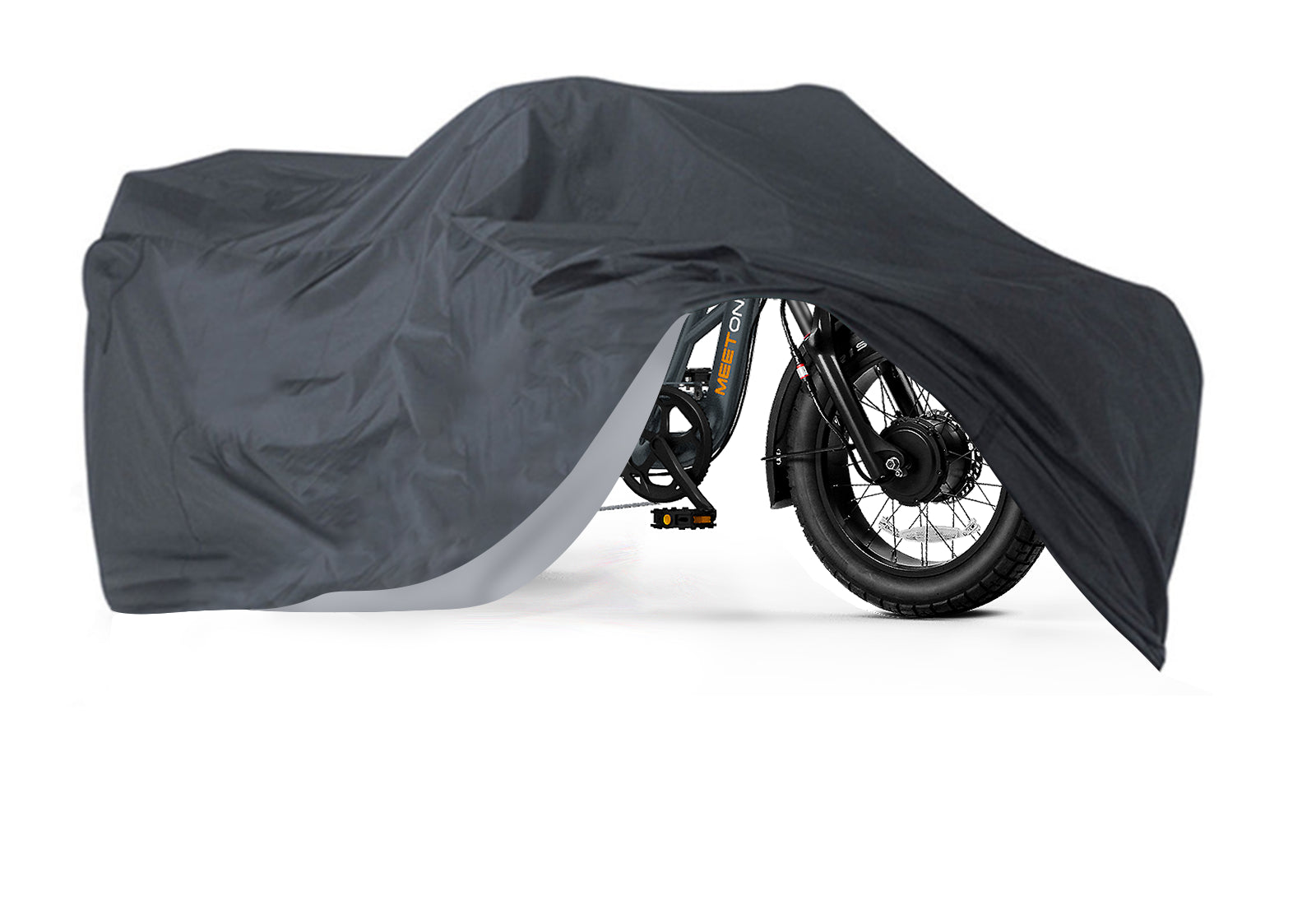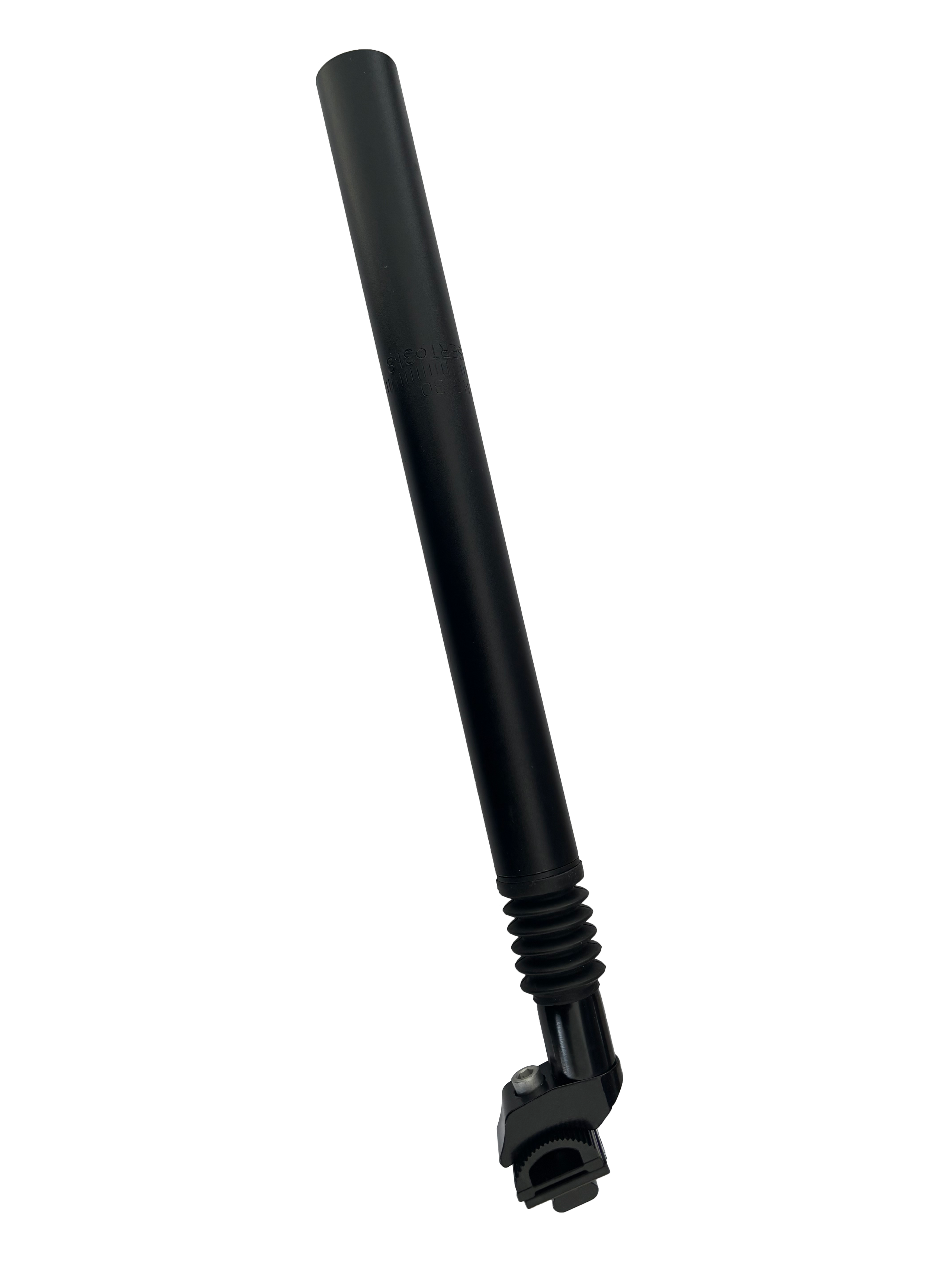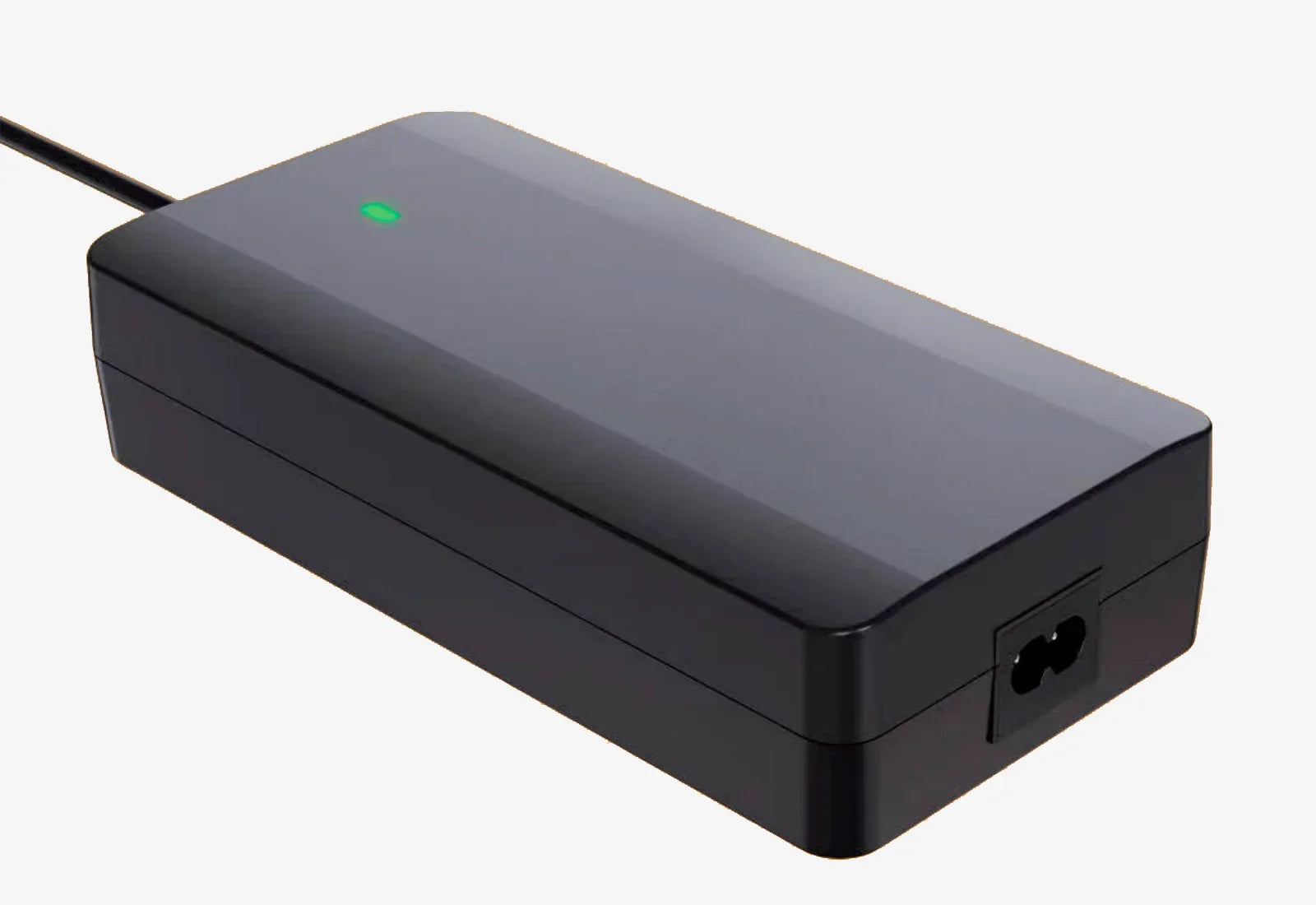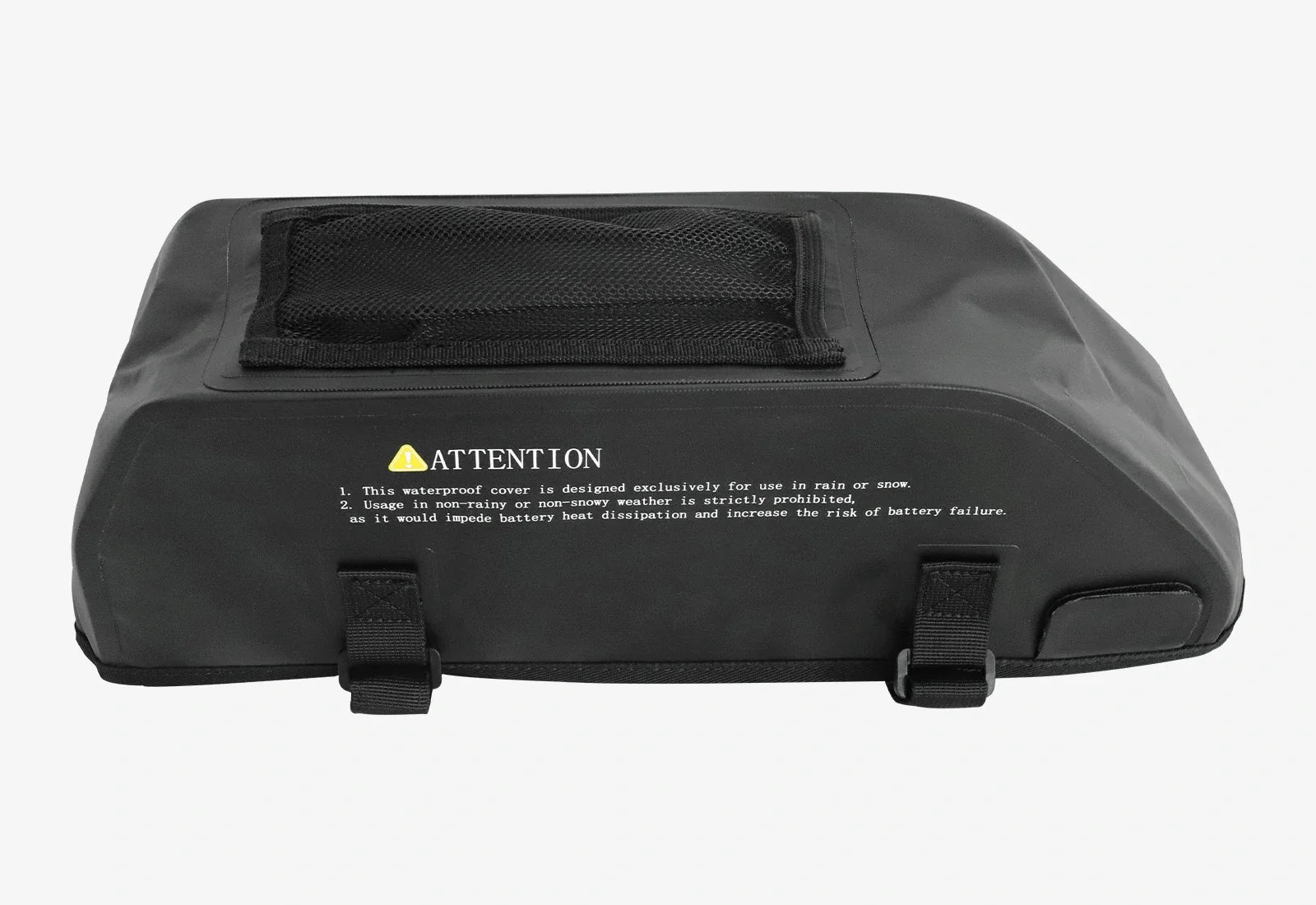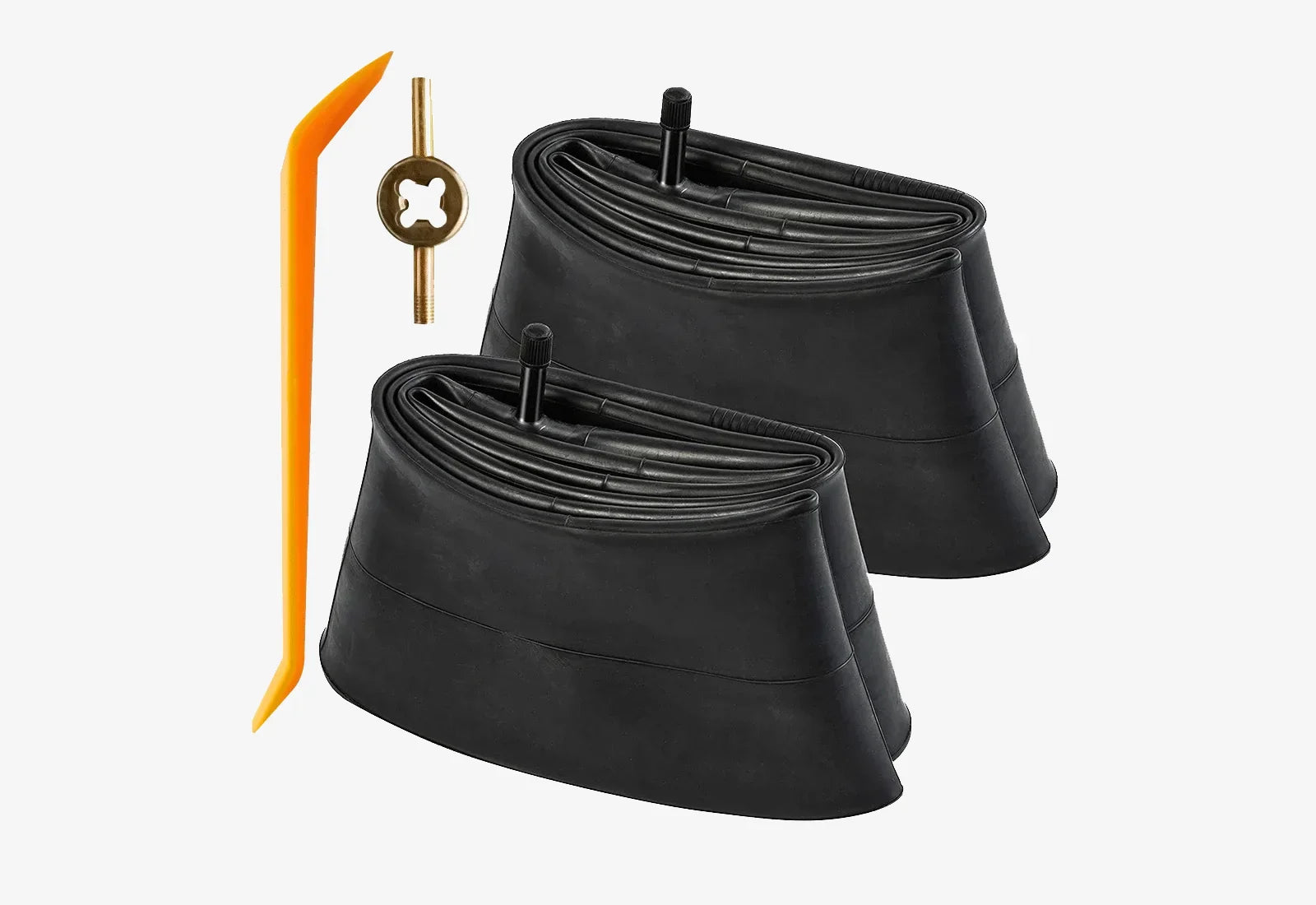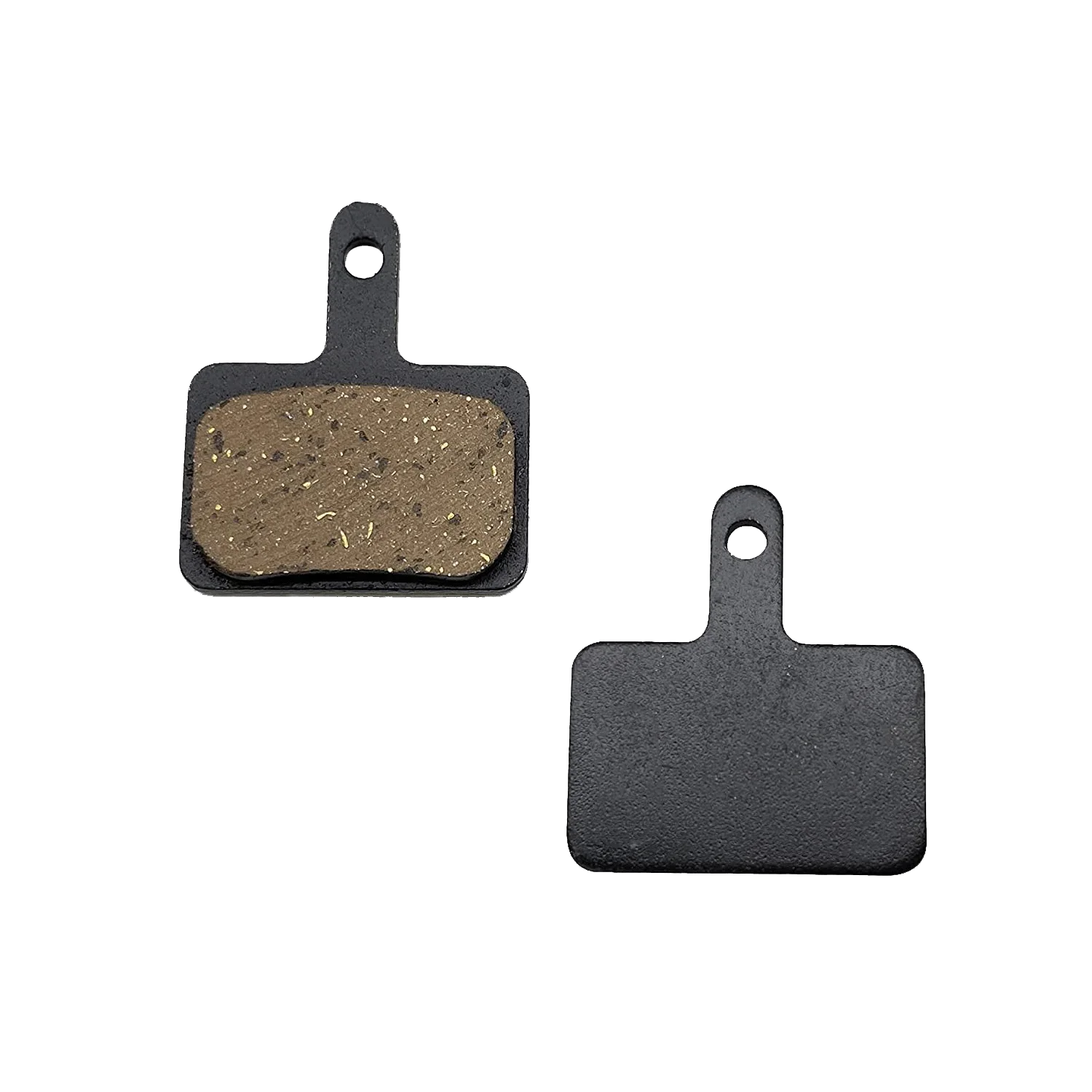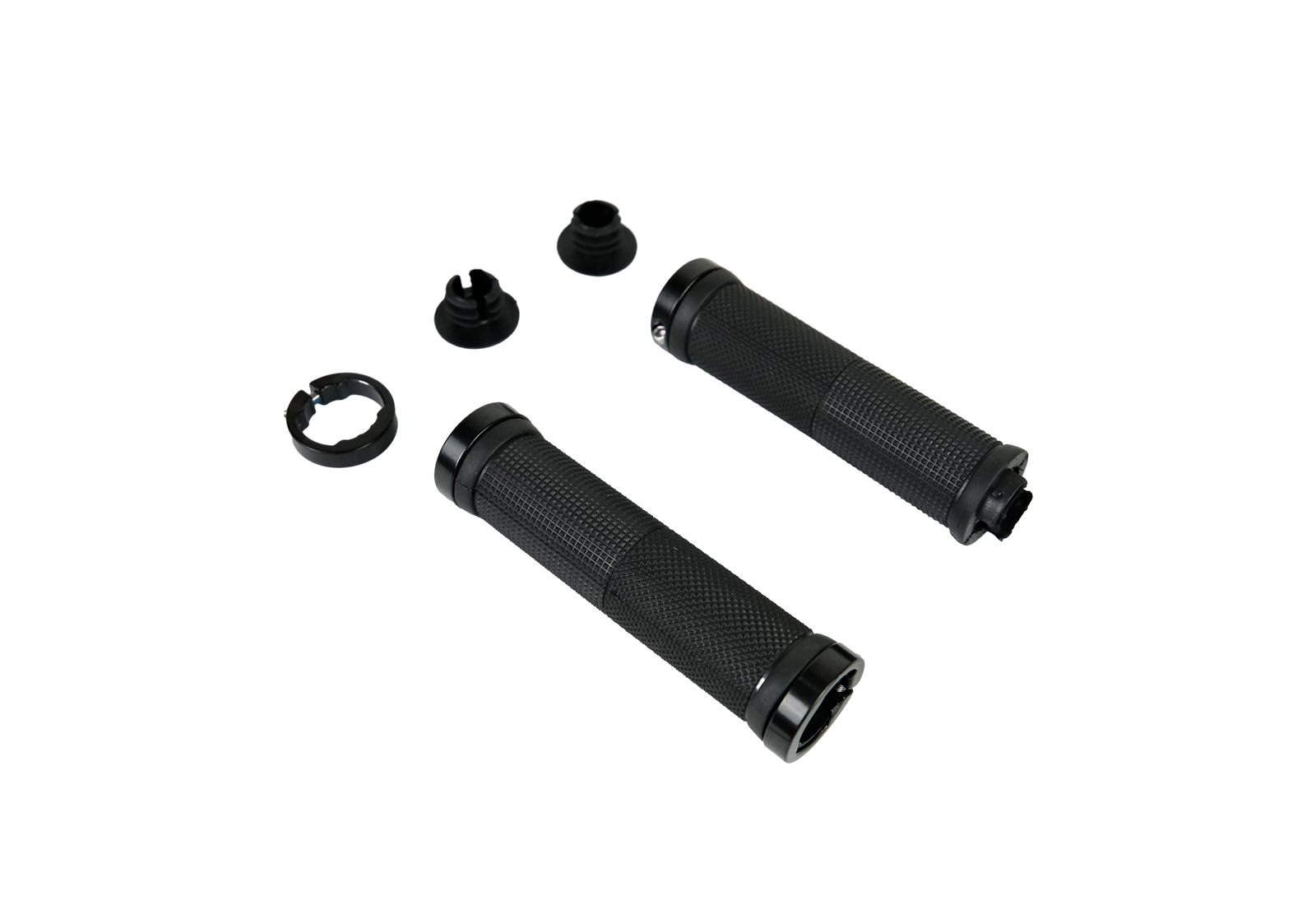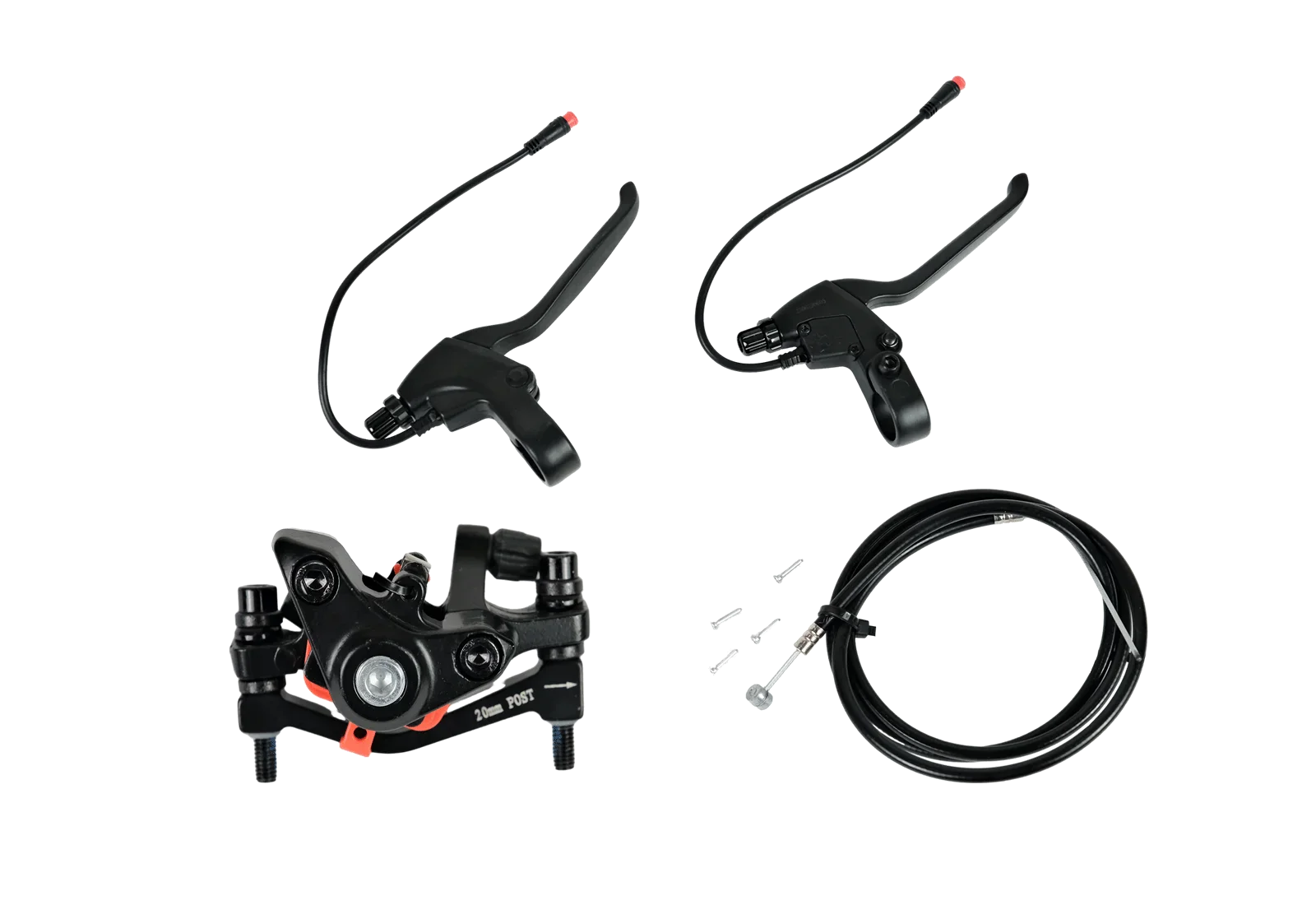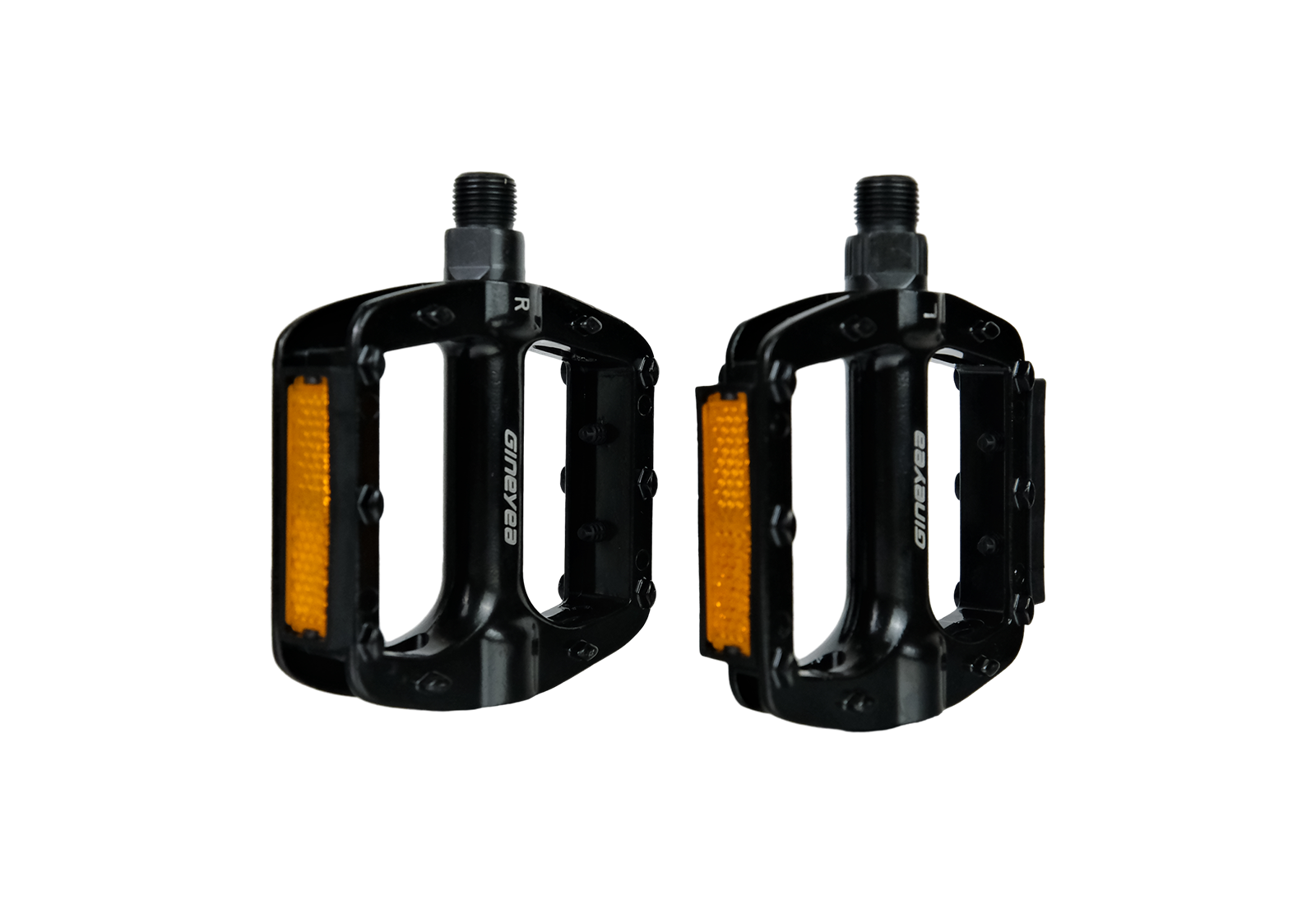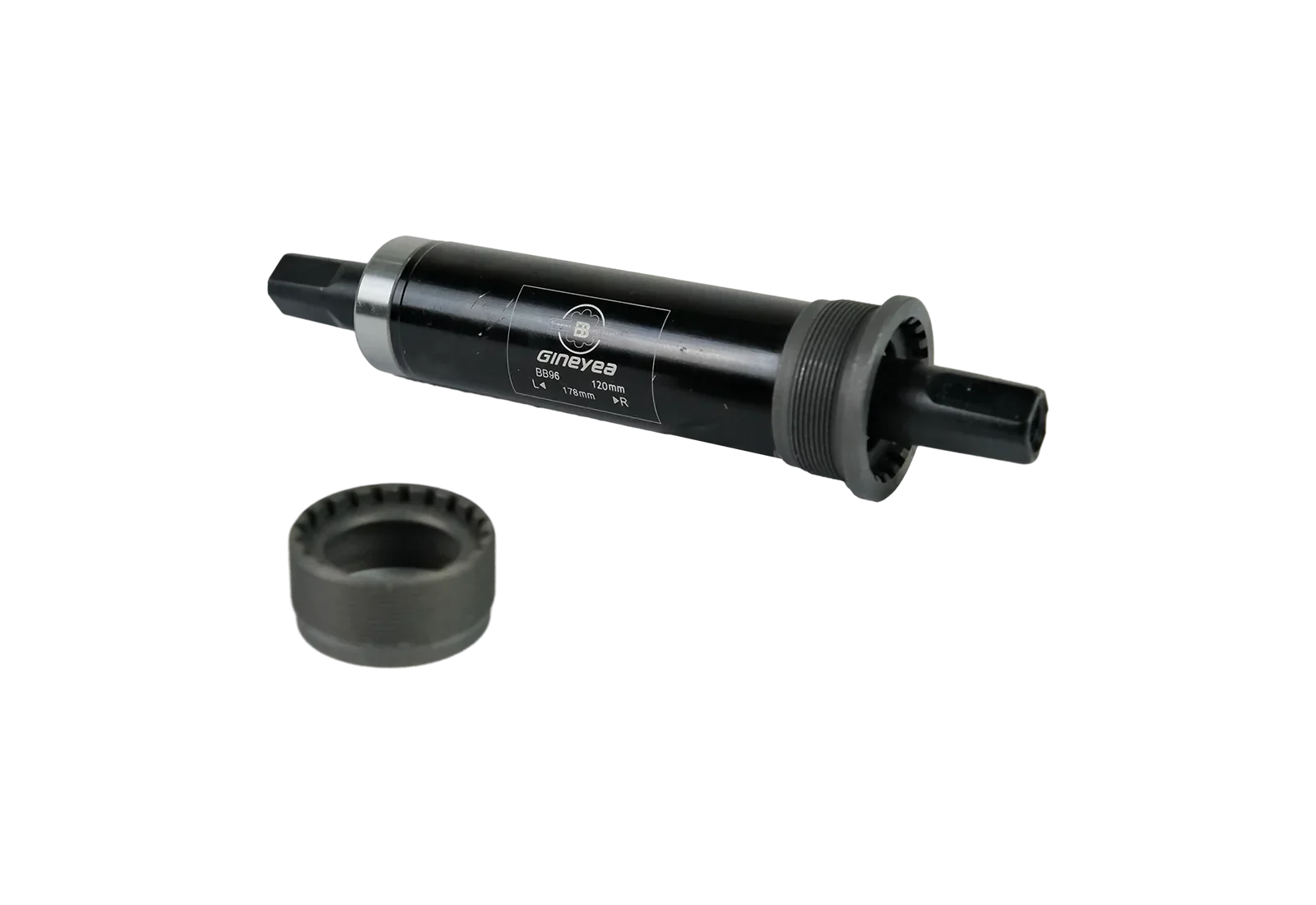
How to Ride an Electric Trike
Riding an electric tricycle offers a unique blend of stability, convenience, and electric-assisted power. However, unlike a traditional two-wheeled bike, riding a trike requires adapting to different control and balance techniques. Today, we’ll guide you through the essential tips and steps to ensure you feel confident and safe while riding an electric trike.
Adjusting Your Steering Technique
Rethinking Balance and Steering
Switching from a two-wheeled bike to a trike brings a unique experience, particularly in how you approach steering. Unlike a traditional bicycle, where riders use a combination of handlebar turns and body lean to control direction, tricycles rely almost exclusively on the handlebars for steering. This setup means that tilting your body as you would on a bike can actually cause the trike to drift or pull in an unintended direction, giving the impression of instability.
To get used to this difference, spend some time focusing on the sensation of stationary balance while seated on the trike. Here’s a step-by-step guide to help with this transition:
Secure Your Position: Begin by ensuring the trike is on level ground, and engage the parking brake to prevent any accidental rolling. Sit comfortably on the seat, allowing your body to relax into the trike’s frame.
Grip the Handlebars Firmly: Place both hands on the handlebars with a comfortable grip, not too tight but steady enough to feel in control. This connection between your hands and the handlebars is key, as all directional control comes through this interaction.
Lean Side to Side: Slowly shift your upper body to the left, letting your weight rest slightly on that side, then return to center. Repeat on the right side. Notice how the trike remains stable and doesn’t tip with your movements. This exercise highlights that balance is controlled independently by the trike’s frame, unlike a bike that would rely on you to maintain uprightness.
Visualize Steering Without Leaning: Imagine the process of turning left or right by only turning the handlebars in that direction without shifting your weight. This visualization is valuable as it reinforces that your body should stay mostly aligned with the seat, even while the handlebars guide the direction.
Electric Trike Power Controls and Safety Tips
Starting with Safety in Mind
Riding an electric trike is simple, but taking a few safety steps ensures a smooth, controlled experience. Before you start, confirm that you’re seated securely and the motor is off. This precaution prevents sudden, unexpected movement, which is especially beneficial when adapting to a new trike. Here’s a step-by-step guide to safe power activation:
Set Power to Neutral or Zero: Many electric trikes include a “neutral” or “zero” power level. Before turning on the motor, confirm that it’s set to this neutral position. This setting temporarily disables motor assistance, allowing you to prepare without risk of sudden throttle activation.
Position Your Pedals for a Smooth Start: Arrange the pedals so your dominant foot is positioned slightly forward. This gives you a secure starting point to either engage the motor or begin pedaling. For riders starting with pedal-assist mode, this setup helps transition smoothly when motor assistance kicks in, making initial movement more controlled and comfortable.
Activate Motor and Choose Low Assistance Level: Once seated and settled, turn on the motor and select the lowest pedal-assist setting, typically level one. Starting with minimal assist offers a light boost, helping you ease into motion without overwhelming power—an essential step for those new to electric trikes, allowing a gradual, confidence-building ride.
If your trike has pedal-assist and throttle options, here’s how to use each:
- Pedal-Assist: Start at a low level, such as level one, which provides a gentle boost as you pedal. You can gradually increase it once you feel more confident, enjoying the extra power without it feeling overwhelming.
- Throttle: The throttle allows you to engage the motor directly, no pedaling needed. However, start with light pressure to avoid quick jumps in speed. This feature is handy for when you want a quick boost, but it’s best to practice smooth throttle control before using it in turns or busy areas.
Navigating Turns Smoothly
Decelerate Into Turns, Accelerate Out
Turning on an electric trike is different from maneuvering a two-wheeled bike, where leaning into a turn helps with balance. On a trike, it’s crucial to keep your body weight centered and avoid leaning too much, which could disrupt stability. Instead, approach each turn with a steady and controlled motion, aiming to decelerate as you enter and only accelerate once you’ve completed the turn. This approach keeps the trike stable by keeping the center of gravity low and aligned with the trike’s wheels.
To break it down:
Slow Down Before the Turn: As you near a turn, begin to ease off the throttle or lower the pedal-assist level. Reducing speed before turning helps prevent the possibility of tipping by keeping your weight balanced across all three wheels.
Stay Centered with Gentle Shifts: While turning, keep your body aligned with the seat and handlebars rather than leaning as you would on a bike. If you need to make a sharper turn, a small, subtle shift in weight toward the inside of the turn can help, but avoid any drastic movements. This keeps your trike stable and improves handling.
Accelerate Smoothly Out of the Turn: Once you’ve completed the turn and are riding straight, gradually increase the pedal-assist level or apply the throttle. This way, you regain speed steadily without putting pressure on the rear wheels during the turn, which is when tipping risks are higher.
Practice Wide Turns First: For new riders, practicing wide, gradual turns in a safe, open area is an excellent way to build confidence with handling corners. This lets you get comfortable with decelerating into turns and accelerating smoothly out of them.
Build Muscle Memory Over Time: With regular practice, turning will become a more natural, intuitive motion. You’ll develop a sense of how much to decelerate and when to reapply power based on the turn’s sharpness, making it easier to navigate even in tighter spaces.
Stopping Safely and Motor Management
Using Brakes and Managing Pedal Assist
When coming to a stop, apply the rear brake first, followed by the front brake. This helps prevent any forward momentum from causing an abrupt stop.
For riders using full throttle, remember to release it when turning or slowing down. This keeps the ride smooth and gives you greater control over your speed. Practicing throttle engagement and disengagement will help you seamlessly transition between powered and unpowered riding, so you can enjoy the ride without any unexpected jolts.
Final Thoughts
Riding an electric tricycle can be a rewarding experience, offering both stability and ease for longer rides. By taking it slow, practicing turns, and being mindful of speed, you’ll soon feel confident navigating your trike with ease. Remember, with a bit of practice and the right approach, you’re set for a smooth and enjoyable ride every time. Happy riding!






